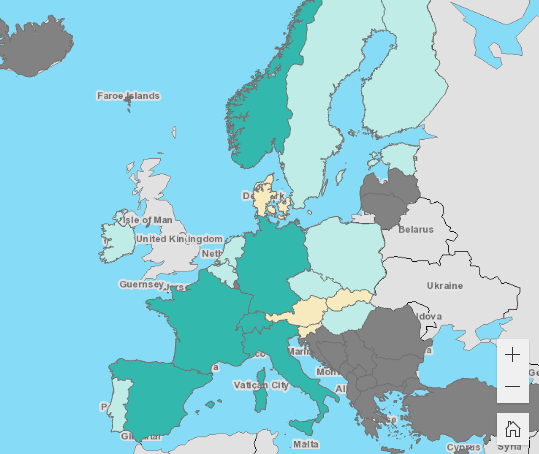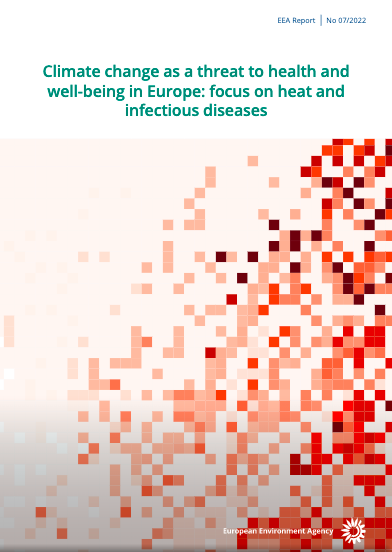Located in the North Atlantic, Iceland has a land area of 103 000 km2 and a coastline of 4970 km; rivers and lakes cover 6% of the territory and freshwater sources are abundant (1). Iceland’s economy is characterized by high income levels and its large marine and energy sectors (2). Iceland’s population is growing; whilst over 60% of the population lives in the capital city of Reykjavík, Iceland is one of the least densely populated countries in Europe (1).
Iceland’s climate is warmer than expected at this latitude, as it is influenced by the Gulf Stream (1,3).
Iceland has experienced rising temperatures since the 1980s and changing precipitation intensity, leading to impacts on marine and terrestrial ecosystems, fish stocks and changes in glacier runoff. Increased frequency and intensity of extreme weather events is expected to be the biggest risk for human health in Iceland (1).
Iceland has updated its Nationally Determined Contribution (NDC), enhancing its commitment to at least 55% net greenhouse gas emissions reduction by 2030 compared to 1990, to be achieved by acting jointly with the European Union and its Member States and Norway (4). In 2021, the Ministry for the Environment and Natural Resources published a white paper and a strategy on climate change (5,6).










